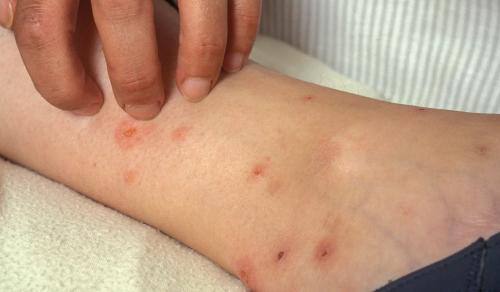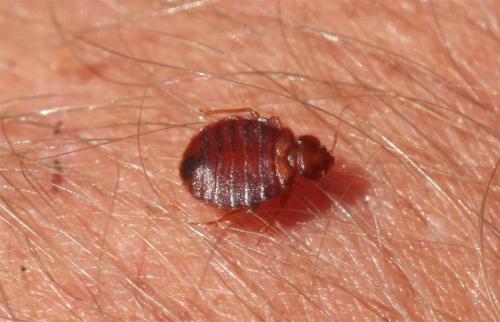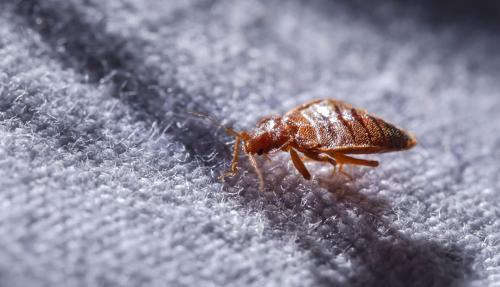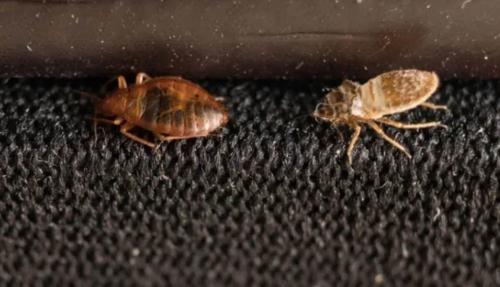Bed Bugs: What Do They Look Like
Identifying bed bugs is a crucial step in addressing infestations and safeguarding your home.
These reddish-brown pests have flat, oval-shaped bodies, resembling apple seeds in size. Adult bed bugs possess six legs and are covered in short hairs. Their eggs, measuring only about 1mm long, are typically white or translucent.
Spotting bed bugs can be challenging since they flatten their bodies when not actively feeding, making them difficult to detect. However, with careful observation, it is possible to identify them. Bed bugs vary in size, ranging from 1mm to 7mm.
Their color also changes depending on their life cycle stage and feeding patterns, from translucent to reddish-brown. Understanding these physical characteristics is essential for entomologists to develop effective strategies to manage and eliminate infestations.
Size plays a significant role in bed bug behavior. Adult bed bugs measure around 5-7mm, while nymphs are smaller and almost invisible to the naked eye. Their bodies are flat and oval-shaped, going through five molting stages before reaching adulthood. Color is another distinguishing feature, with bed bugs typically appearing reddish-brown after feeding. However, their pigmentation can range from translucent to pale yellow when unfed or recently molted.
It is crucial to differentiate bed bugs from other pests commonly mistaken for them, such as fleas or ticks. Bed bugs have flat bodies and a reddish-brown color, setting them apart. Contrary to the misconception that they only inhabit unclean environments, bed bugs can thrive wherever humans or animals are present. Their bites leave small red welts clustered on the skin, unlike flea bites that primarily occur around the ankles and lower legs.
To prevent infestations, it is essential to conduct regular inspections. Check bedsheets and mattress seams for blood spots or fecal matter left behind by bed bugs, as these can indicate their presence. By understanding these distinguishing features and dispelling misconceptions, you can take proactive measures to prevent infestations from escalating.
Recognizing the physical characteristics of bed bugs is crucial for effective identification. If you suspect a bed bug infestation, it is recommended to seek professional assistance for suitable treatment options.
Armed with this knowledge, you can confidently inspect your surroundings, identify potential bed bug problems, and take the necessary steps to mitigate their impact on your living environment.
---
This article was written in conjunction with Clearview Bed Bug Monitor









Comments